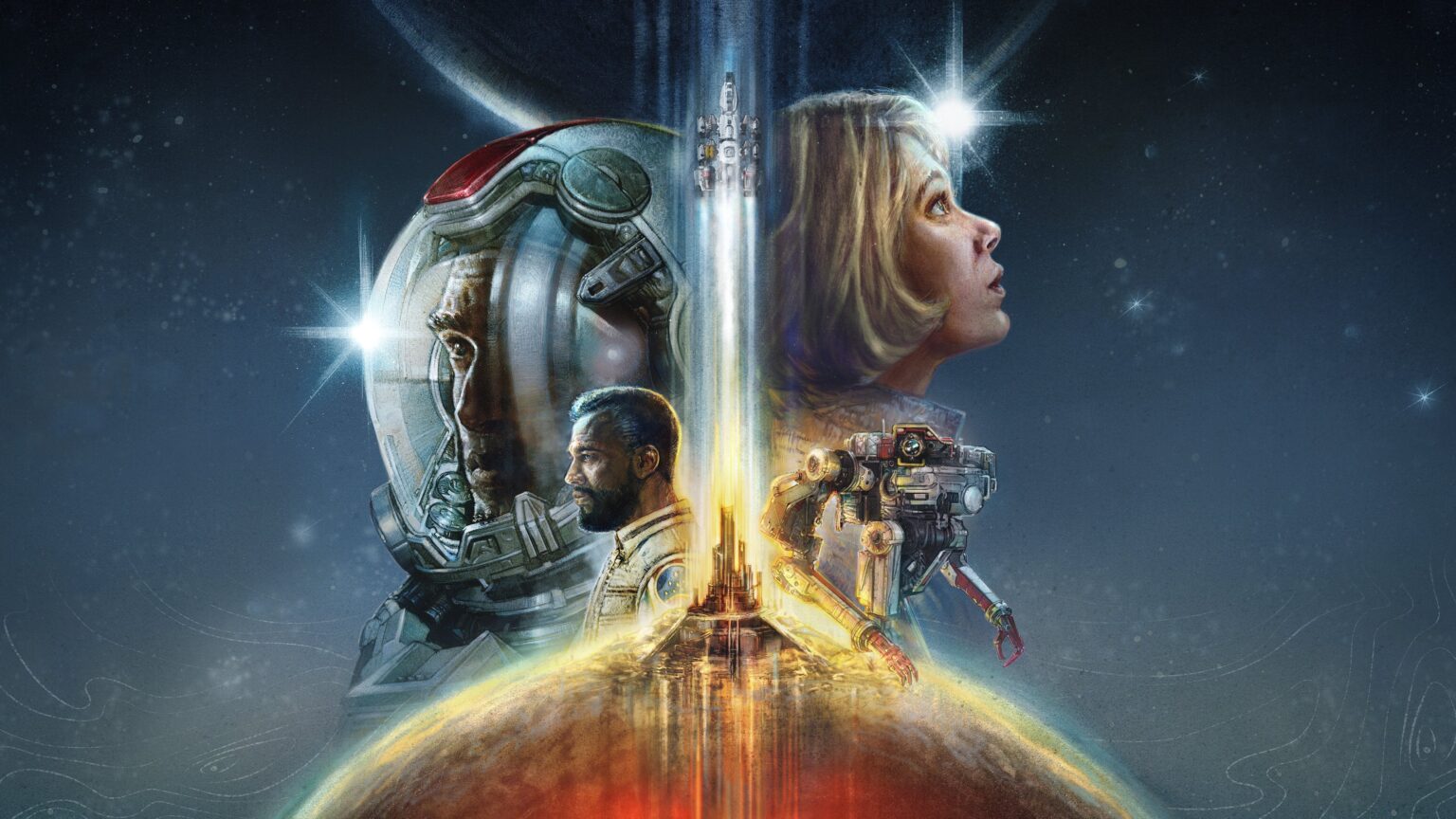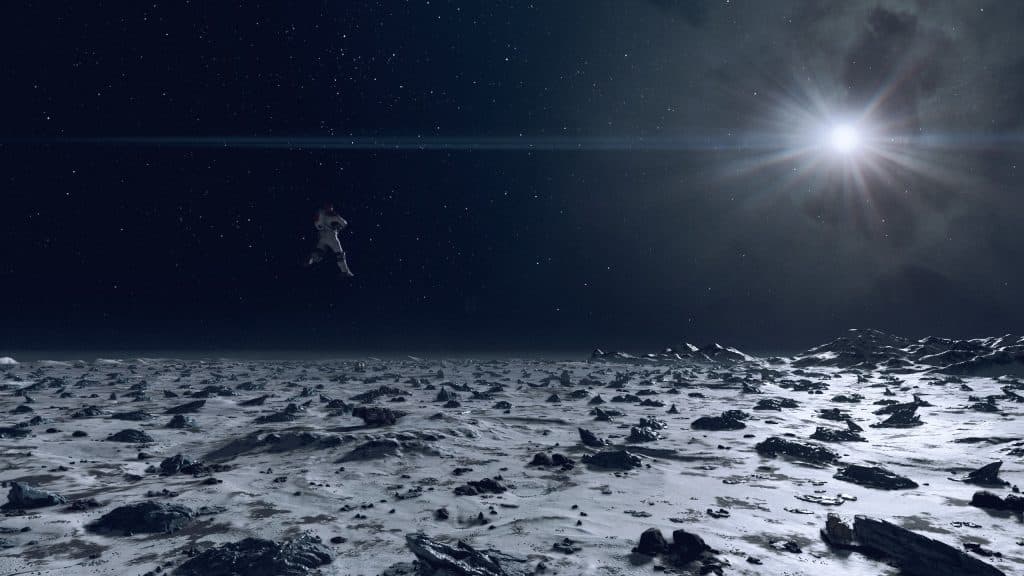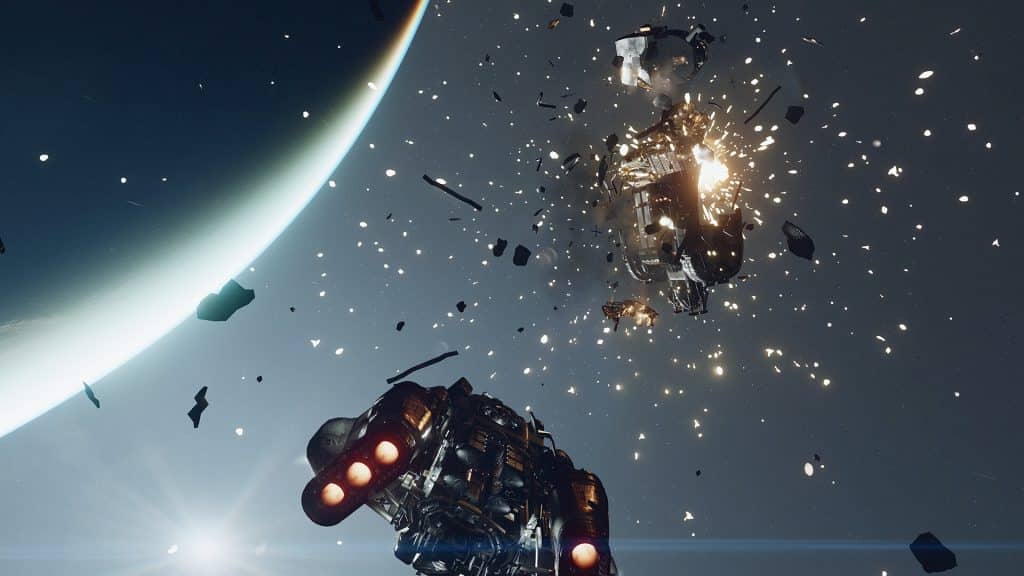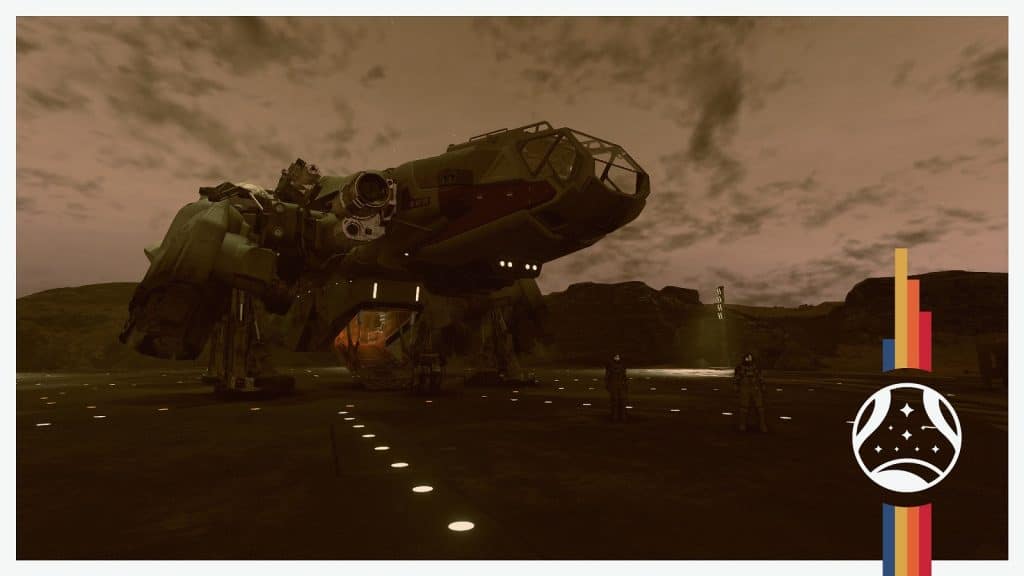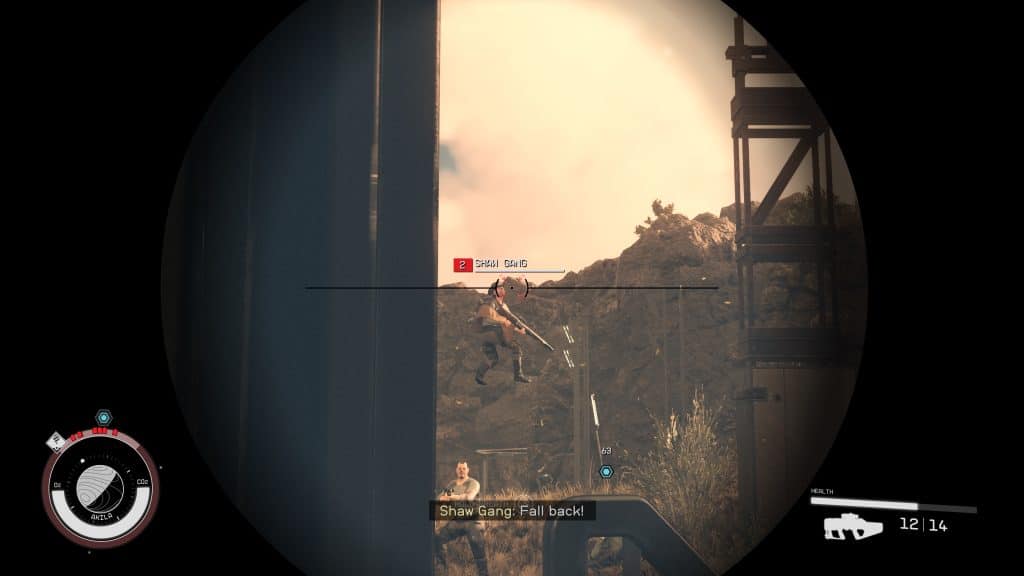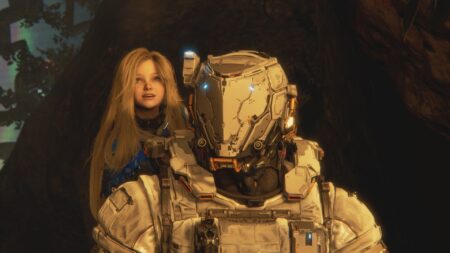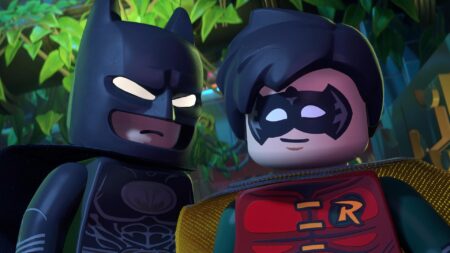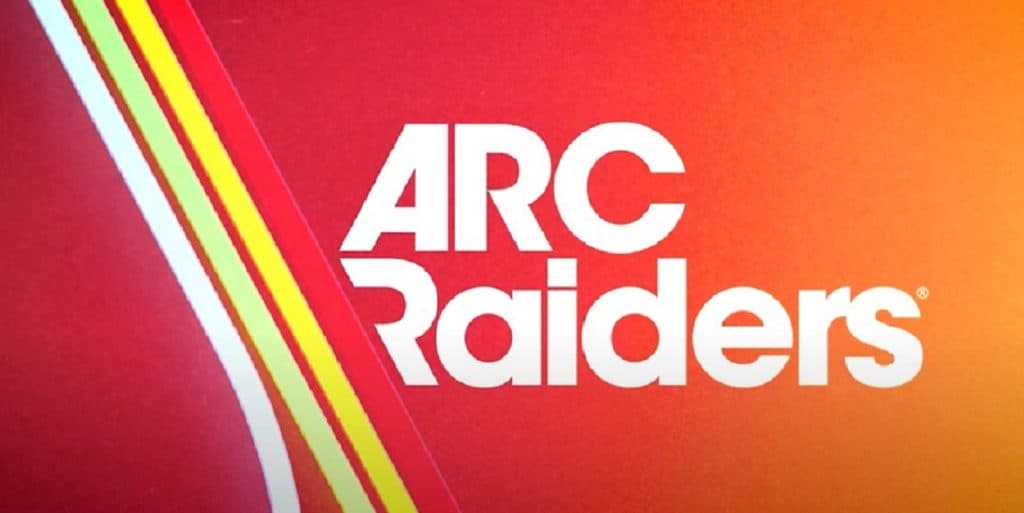Starfield, Bethesda Game Studios’ highly anticipated sci-fi RPG, marked the studio’s first original IP in decades. With a legacy of creating expansive open-world RPGs like The Elder Scrolls and Fallout, Bethesda’s venture into the sci-fi genre generated immense excitement. Starfield’s promise of next-gen technology, space exploration, and the studio’s commitment to quality fueled fan speculation and hype. The game’s development was shrouded in secrecy, with occasional teasers like concept arts emphasizing the studio’s dedication to delivering a polished experience. The gaming community, myself included, eagerly anticipated the opportunity to explore the mysteries of the cosmos and embark on epic interstellar adventures in Starfield’s universe.
Unlike Bethesda’s previous settings, Starfield transports its signature elements to the vastness of space. You’ll traverse multiple galaxies, exploring planets, moons, and star systems while hunting for enigmatic artifacts that drive the main plot forward. These artifacts hold the key to a cosmic mystery, potentially linked to the afterlife, a final frontier for humanity in the 24th century, where the entire cosmos has been explored. The discovery of these artifacts triggers mysterious visions and will eventually unlock parahuman abilities. Although the storyline is rather conventional, it draws inspiration from numerous sci-fi sources, making it feel familiar. One notable example is how, in Starfield, joining the United Colonies faction grants citizenship through service, an ideology portrayed in Starship Troopers.
As expected from a Bethesda game, Starfield checks off all the familiar boxes. It offers a rich narrative with many characters, extensive dialogue, and numerous side-quests branching from the main storyline. You can align with various in-game factions or make them your enemies, and you’ll gather a diverse group of companions who can accompany you, one at a time. Throughout your journey, your decisions will significantly impact the game and your role. Whether you prefer to be a persuasive diplomat or a relentless force of destruction, the choice is yours, although the latter may pose more challenges.
Starfield’s character creation system offers an impressive level of personalization and choice. The ability to fine-tune character appearances adds an additional layer of customization. I aimed to create a character resembling the actress Gal Gadot, and it’s amusing how certain character presets with pre-made appearances bear striking resemblances to familiar faces, such as Billy from Stranger Things. Then there are also Traits, allowing players to choose three distinct traits that shape their character’s abilities and characteristics. These traits offer both benefits and drawbacks, adding depth to your character. Notably, Starfield provides the option to alter character appearance through genetic facilities in the game, offering cosmetic changes like gender and skin tone adjustments for a fee. The game’s emphasis on crafting is also commendable, with gear and equipment upgrades through mod slots, offering players a level of control over their character’s equipment.
Exploration takes center stage in Starfield, emerging as one of its standout and most rewarding gameplay elements. Collecting various items in the game is abundant, this is most enjoyable to players like me who appreciate hoarding. I started collecting different succulents and placed them in the dream home I acquired from choosing a Trait during character creation. Yet the necessity of traversing planets on foot due to ship limitations can be time-consuming, especially since there are no land vehicles available nor the ability to mount creatures, which would have been nice additions to the game. However, the real excitement lies in the prospect of exploring over 1,000 planets and its inclusion of unique locations and cities that players will revisit throughout their journey even after finishing the main quest.
I initially approached planet exploration in Starfield with a mindset reminiscent of my experiences in No Man’s Sky. But I have come to acknowledge that despite its similarities, both games are very different. Even in light of the recent controversy surrounding Starfield’s “invisible walls” that restrict exploration beyond certain points, I haven’t yet found a compelling reason to traverse long distances solely to seek out these boundaries. Given the amount of other engaging activities available in the game, I question the value of dedicating my time to such an endeavor.
Starfield’s combat system also deserves significant praise, even without the familiar VATS system from Bethesda’s Fallout 4. The shooting mechanics have undergone significant improvements, resulting in precise aiming, weapons that provide satisfying feedback, and a diverse range of weapons. This makes combat in Starfield an incredibly rewarding experience. What’s more, the game introduces exhilarating space dogfights. The absence of VATS doesn’t diminish the combat’s appeal, instead, it contributes to a smoother combat flow. Starfield masterfully strikes a balance between damage output and enemy resilience, ensuring that battles are both engaging and gratifying, whether on land or in the depths of space.
Character development is integral to the essence of RPGs, as it fosters player engagement, drives narrative impact, and fuels the connection between players and the virtual world. It empowers players to make meaningful choices and experience the consequences of those decisions, deepens the role-playing elements, extends a game’s longevity and replayability, and fosters emotional investment in the characters’ journeys. As I dived into the vast universe of Starfield, one aspect that truly captured my attention is the incredible array of companions available.
The companions I had to choose from are each with their own unique stories and personalities. While initially concerned that the sheer number might dilute their depth, I was pleasantly surprised. These companions aren’t just passengers along for the ride, they evolve and adapt alongside my character as my choices shape my relationship with them. The potential for some truly captivating character designs and a diverse crew of favorites has not only piqued my interest but also added a layer of depth to Starfield that I hadn’t anticipated when I first started playing it. The Constellation group members, your closest partners, don’t come off as bland archetypes, and I found myself constantly eavesdropping on random conversations that they have while I’m busy doing something else with them in the background.
I’ve also had the pleasure of constructing and customizing my very own spacecraft, piece by piece. The attention to detail here is impressive. If you can afford it, the result is a vessel that you can uniquely call your own. And let’s not forget about Starfield’s art style, which they call “NASA Punk”. It’s a captivating blend of space-faring aesthetics and futuristic innovation, and it’s a visual treat for players.
Starfield’s overall visuals are nothing short of breathtaking; it did not fall short of anything they ever advertised in their videos before the game was released. The level of realism here is truly captivating. It’s as if the visuals seamlessly blend innovation with creativity, resulting in a cosmic tapestry that’s not just stunning but also incredibly immersive. Each celestial body, whether bustling with life or seemingly barren, is meticulously designed to convey the majesty and wonder of space. It’s remarkable how even on seemingly lifeless planets, there are hidden secrets waiting to be discovered. This adds layer upon layer of intrigue to my interstellar exploration, making every planet I visit a unique and awe-inspiring experience.
Running games at 30 frames per second on consoles can pose challenges for gaming experiences. The lower frame rate can result in less fluid and responsive gameplay, affecting the overall immersion and enjoyment. It may lead to motion blur and input lag, making fast-paced action sequences more difficult to navigate. A lower frame rate can put console players at a disadvantage when compared to PC gamers, who often have the advantage of smoother and more responsive gameplay at higher frame rates. While it’s true that Starfield is locked at 30 fps on Xbox Series X, it did not necessarily translate to a negative gaming experience for me.
The developers’ deliberate choice to lock at 30 fps on Xbox Series X suits its vast open universe and complex systems. Considering the game’s intricacy and the Xbox’ possible console limitations, this frame rate decision strikes a balance between visual quality and performance, while still allowing players like me to explore and appreciate Starfield’s stunning universe fully. I must admit that playing it on a large TV up close caused me to experience motion sickness. I had to disable motion blur and set the film grain intensity to zero. Fortunately, having these options available proved to be quite beneficial. Surprisingly, for a Bethesda game, I did not encounter any game-breaking bugs except for enemies being suspended in mid-air while they were shooting at me from higher altitudes.
In the Xbox Store, when you navigate to “My Library,” you’ll notice a square labeled “Starfield Artbook & Soundtrack.” While it’s sad for such a beautiful soundtrack to be locked behind exclusivity to the game’s premium edition, all the in-game music enhances immersion and emotional connection to your gameplay. Imagine cosmic, imagine unknown, imagine boundless, imagine stellar, Imagine…Dragons. Kidding aside, Children of the Sky by Imagine Dragons for Starfield, although not in the OST, is also my favorite. The song and music video gradually build intensity, culminating in magnificent crescendos that perfectly align with breathtaking in-game moments.
Starfield emerges as a stellar addition to Bethesda’s RPG legacy. It delivers on the promise of a vast, immersive universe teeming with engaging narratives, memorable companions, and intricate character development. Character customization, crafting, and the attention to detail in spacecraft design add depth to the gameplay. The breathtaking visuals, even on seemingly barren planets, enhance the sense of wonder in interstellar exploration. Despite minor frame rate considerations on consoles, Starfield’s deliberate design choices make it a must-play for sci-fi RPG enthusiasts. The promise of over 1,000 explorable planets will invite players to embark on an extraordinary interstellar journey filled with mystery, camaraderie, and wonder. This game takes players on an extraordinary journey beyond the stars.



